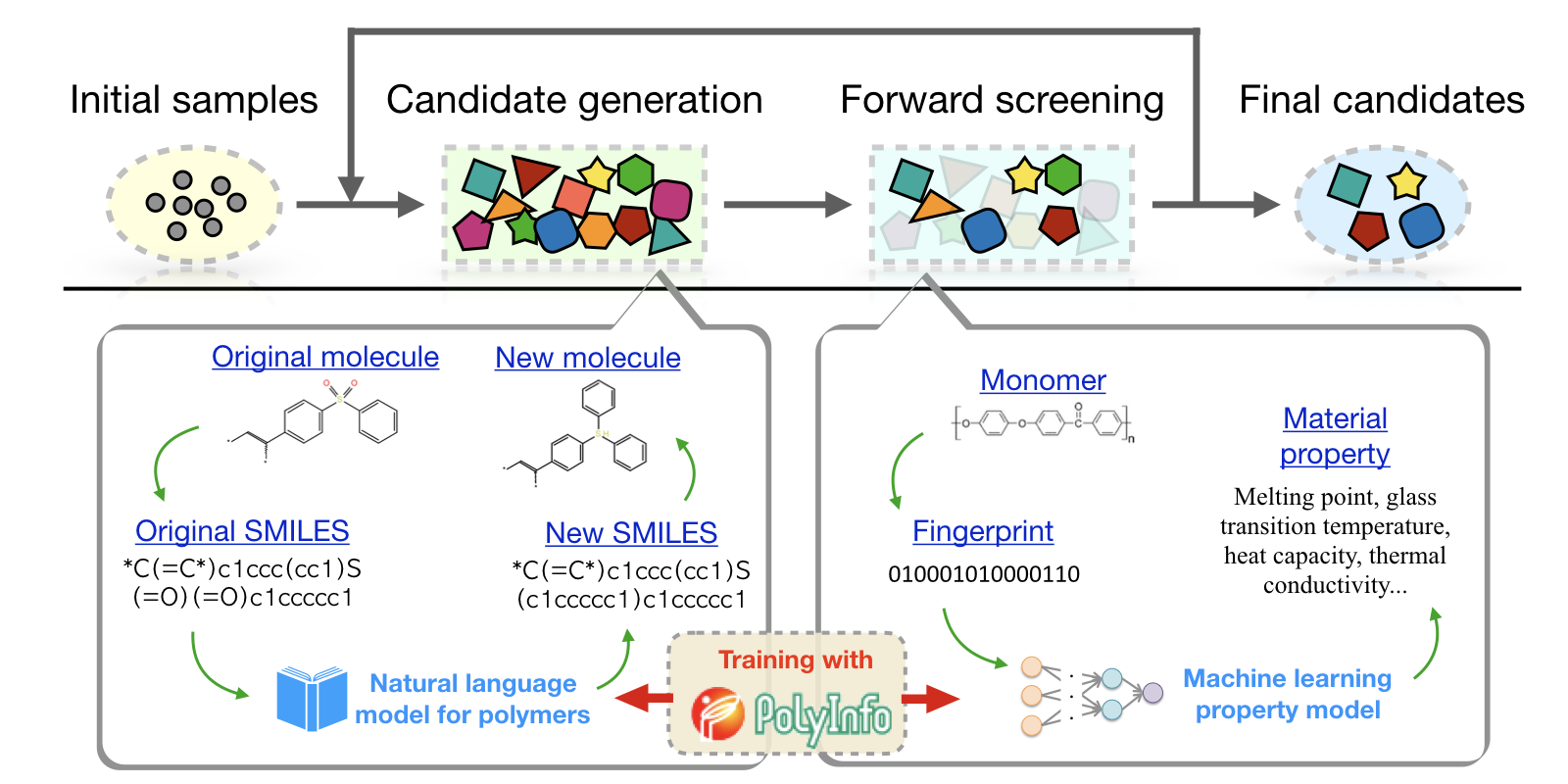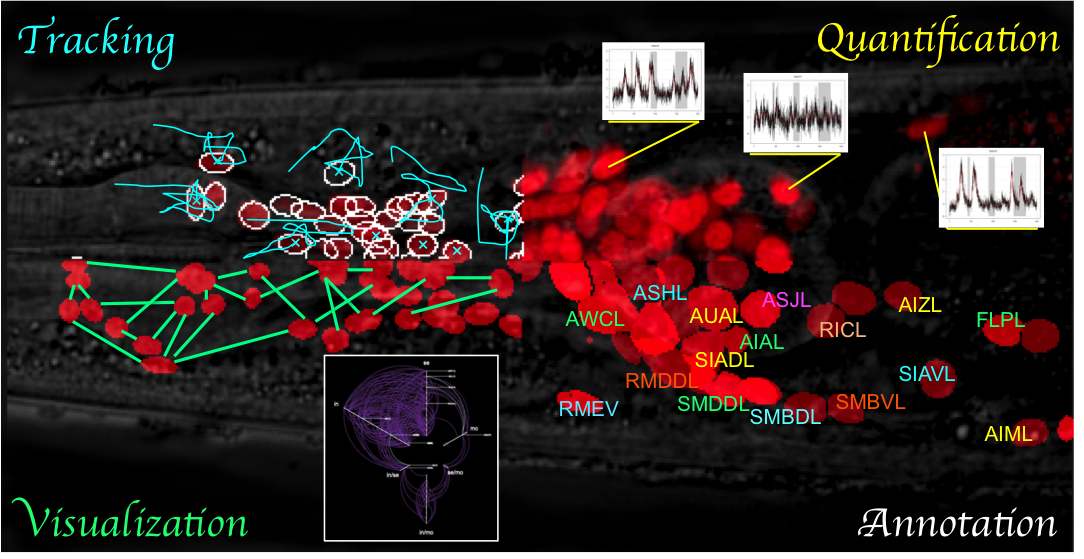Due to the high uncertainty of the stress and strength distributions within the tectonic plates on Earth, earthquakes are one of the most unpredictable natural hazards. Accurate prediction of when an earthquake will happen is still not possible, but the concept of
EEW can be achieved because of the rapid development of computing power and network communication.
A major challenge of developing applications for EEW is the short lead time, ranging from a few seconds to minutes depending on the geographics.As a result, a robust automated decision process about whether to initiate a mitigation action is essential.
One of the recent approaches proposes taking an action upon exceedance of a fixed threshold for an intensity measure or damage or loss measure, but the determination of the threshold value remains as an open-ended question. Other approaches propose a decision-making framework based on cost-benefit analysis.
However, a general framework that can handle multiple-action decisions, lead time and its uncertainty is still missing. My research focuses on developing a more robust decision criterion based on a new cost-benefit analysis procedure, which is proposed as part of an earthquake probability-based automated decision-making (ePAD) framework.
References:
Wu et al. (2013), Earthquake Probability-based Automated Decision-making Framework for Earthquake Early Warning Applications, Computer-Aided Civil and Infrastructure Engineering, 28, p.737-752.
Wu et al. (2015), An engineering application of earthquake early warning: ePAD-based decision framework for elevator control, ASCE-Structural Engineering, 142(1):04015092.









